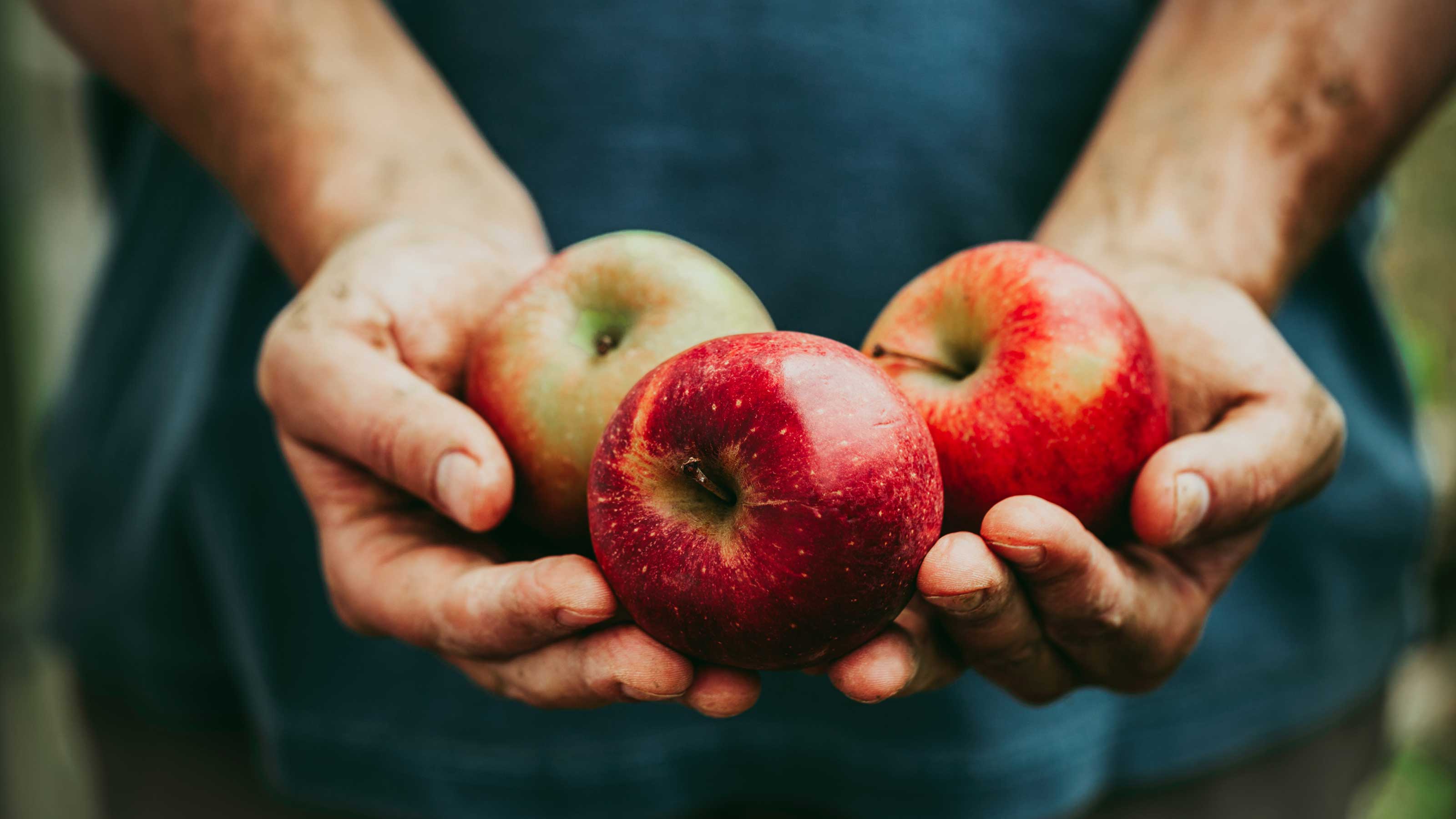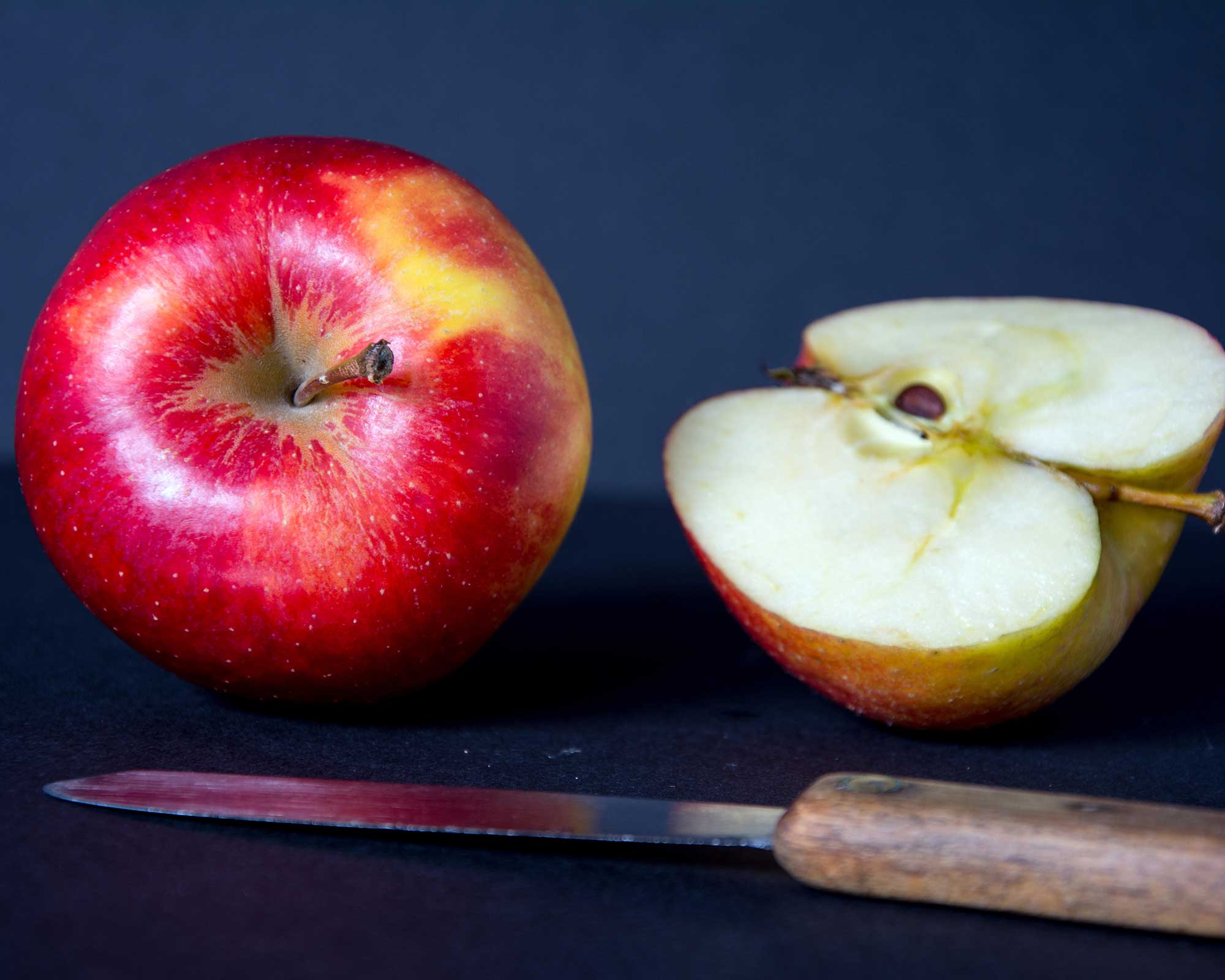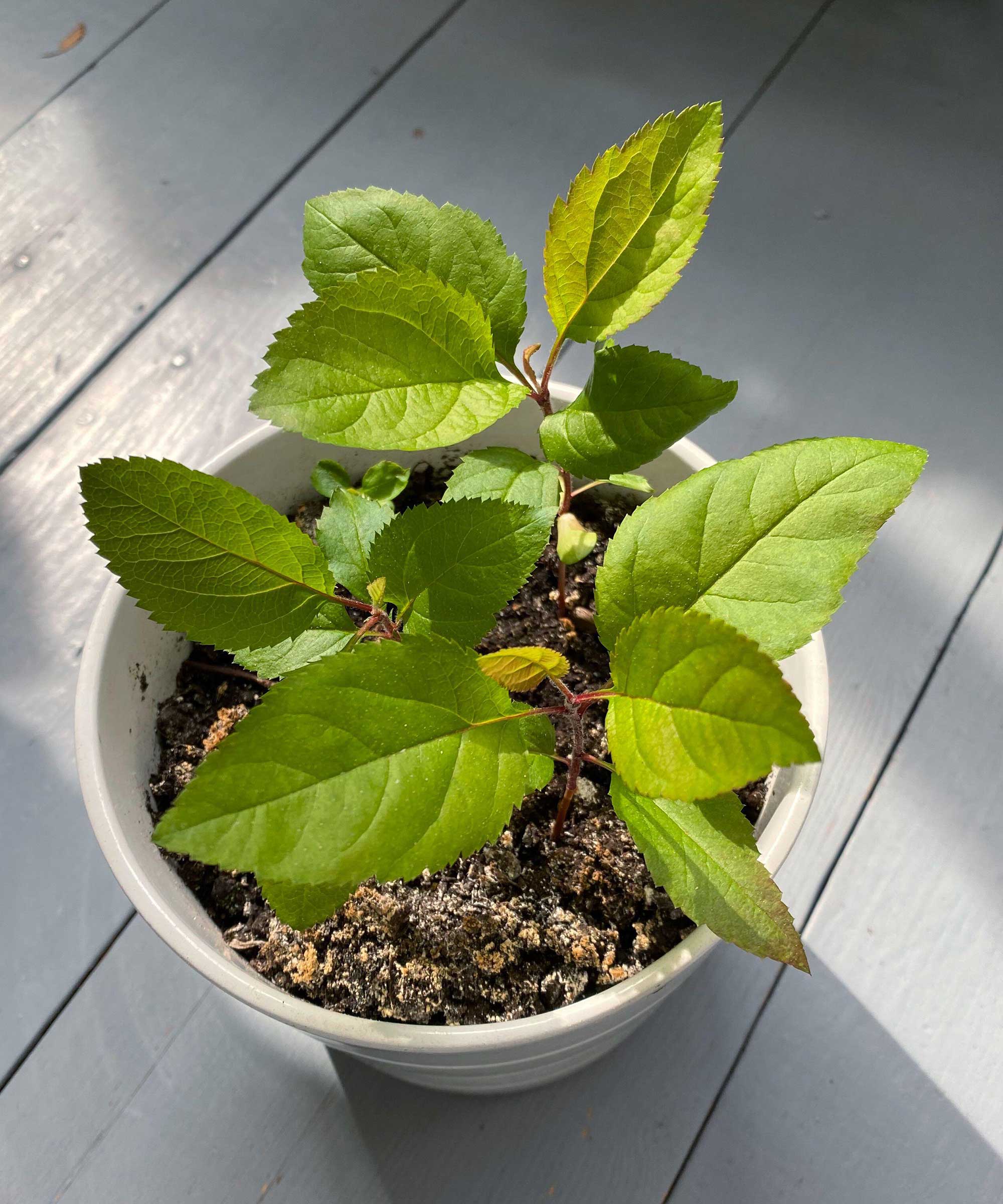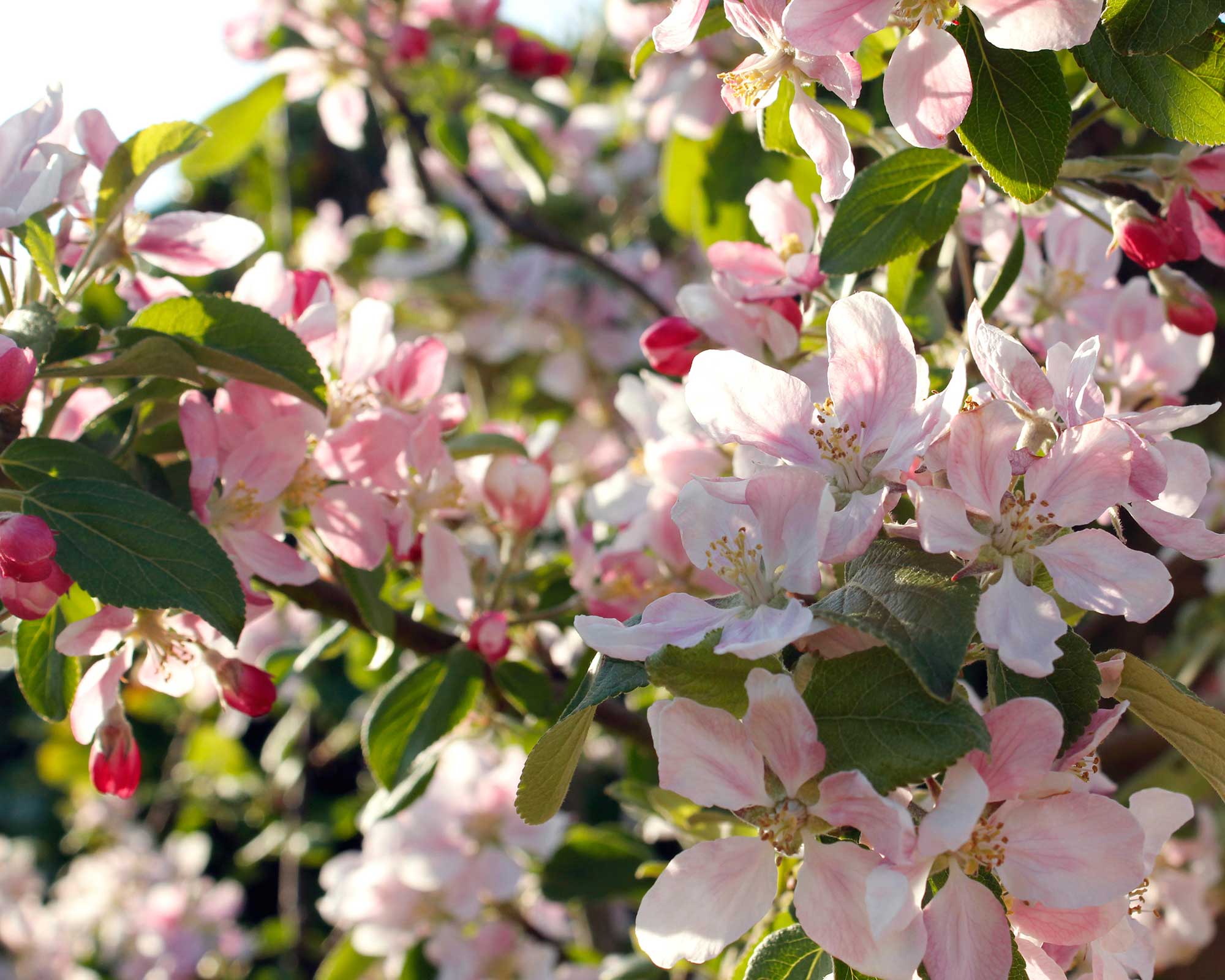How to germinate apple seeds: grow a fruit tree for free
Learning how to germinate apple seeds is easy and a fun activity to try at home


Are you wondering how to germinate apple seeds? This everyday fruit has long been a staple snack for many of us. And it's really easy to germinate those familiar brown seeds that nestle inside the core.
Apples are one of the best fruit trees to have growing in your backyard. They are sturdy, traditional trees that grow well in full sunshine and produce beautiful pink blossom every spring, which gives way to delicious crunchy fruit a few months later.

A step-by-step guide on how to germinate apple seeds
Germinating apple seeds is an easy process and a great way to get a new plant for free – just like when saving tomato seeds for planting.
The main thing to bear in mind is that apple seeds require a period of exposure to cool, moist conditions in order to germinate. Nick Hamilton of Barnsdale Gardens explains:
- Remove the seeds from your apple and dry them on absorbent paper.
- Put moist tissue or a layer of sharp sand in the bottom of a small plastic box (try Amazon) and pop the seeds onto that before putting the lid on. Make sure the box is sealed.
- Put the seeds into your fridge for about 3-4 months to mimic winter. This period of chilling, also known as stratification, helps prepare the seeds to grow roots. Keep an eye on the moisture level inside the box, and add additional water where necessary, keeping it damp but not soaking wet.
- Then, sow the seeds on a tray of seed compost. Cover with half an inch (1cm) of compost, then water them in and keep at room temperature.
- Once they’ve germinated, prick them out carefully and pot into a small pot.
- Once rooted into the pot, they can be planted into the ground.

How long does it take an apple seed to germinate?
It can depend on the variety of apple seeds you have, but typically, germination is fast once they've been through stratification. Shoots will usually appear in two weeks or so.
It’s worth bearing in mind that although your seedlings will eventually grow into a tree, it probably won’t be particularly fruitful – at least not for a long time. Trees planted from seed will take perhaps 8-10 years to produce a prolific harvest of apples.
Until then, you can treat it as a long-term project. Besides, growing fruit in pots is a lovely way to add foliage and structure to your backyard.

Can you germinate apple seeds from store-bought apples?
You can germinate apple seeds from store-bought apples, though there’s a likelihood that the eventual fruit won’t be the same type of apple as its parent. That’s because apple trees need to be pollinated in order to produce fruit, and pollination can occur from any other apple tree. As a result, the seeds from a store-bought apple will also contain another variety of apple's genetic information.
An apple tree grown from seed will also be a full-sized specimen, rather than a dwarf variety. So, check you have ample space before planning to plant it as a backyard tree.


Freelance writer and author Flora Baker is a keen amateur gardener and houseplant enthusiast. Her small garden in South London is a constant work in progress as she gets to grips with snail prevention, DIY trellises and what to plant in shady spots overrun with ivy.
